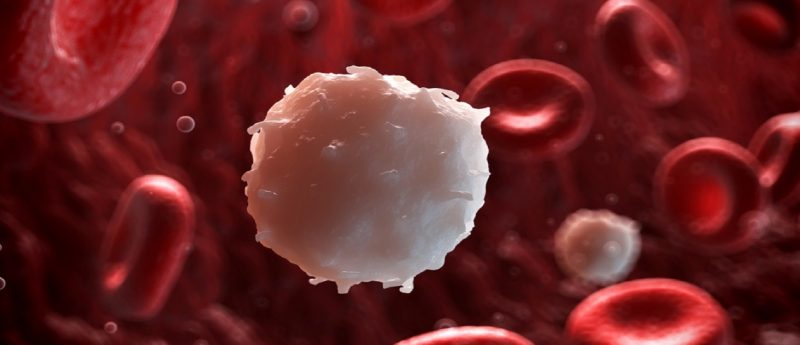Stem cell angiopellosis: the great escape

New mechanism of stem cell extravasation discovered by researchers at North Carolina State University (NC, USA).
Utilizing a zebrafish model, researchers led by Ke Cheng (North Carolina State University, NC, USA) have demonstrated that therapeutic stem cells exit the blood stream via a process termed angiopellosis. These new findings could have implications for our understanding of intravenous stem cell systems, as well as metastatic cancers.
It is widely recognized that in order to reach a site of infection, leukocytes exit the bloodstream via leukocyte extravasation, or diapedesis. This process involves the morphing of leukocytes to allow outward passage through intact blood vessel walls. It was generally believed that other cell types such as therapeutic stem cells exited blood vessels in a similar manner; however, the new study has indicated otherwise.
Utilizing genetically engineered zebrafish embryos, the research group have detailed the stem cell extravasation process in vivo and have demonstrated that the mechanism differs to that seen in white blood cells. A transgenic zebrafish line with green fluorescent protein-expressing vasculature was injected with both donor white blood cells and stem cells marked with red fluorescent protein. The passage of these cells when leaving the blood vessels was traced utilizing time-lapse 3D light sheet microscopic imaging.
As predicted, leukocytes exited blood vessels via diapedesis. However, it was demonstrated that injected cardiac and mesenchymal stem cells were actively expelled by endothelial cells. In this process, the endothelial cell wall undergoes extensive remodeling to expel the stem cells from the lumen.
“When you’re talking about diapedesis, the white blood cell is active because it changes its shape in order to exit. The endothelial cells in the blood vessel are passive,” Cheng explained. “But when we looked at therapeutic stem cells, we found the opposite was true — the stem cells were passive, and the endothelial cells not only changed their shape in order to surround the stem cell, they actually pushed the stem cells out of the blood vessel. We’ve named this process angiopellosis, and it represents an alternative way for cells to leave blood vessels.”
The group noted other significant differences with this mechanism compared with diapedesis. Angiopellosis takes hours to occur instead of minutes and allows more than one cell to exit at a time, unlike diapedesis.
“We observed clusters of cells passing through in this way. Obviously, this leads us to questions about whether other types of cells, like metastatic cancer cells, may be using this more effective way to exit the bloodstream, and what we may need to do to stop them,” concluded Cheng.
— Written by Adam Price-Evans
Sources: Allen TA, Gracieux D, Talib M et al. Angiopellosis as an Alternative Mechanism of Cell Extravasation. Stem Cells doi: 10.1002/stem.2451. (2016) (Epub ahead of print); https://news.ncsu.edu/2016/06/angiopellosis/